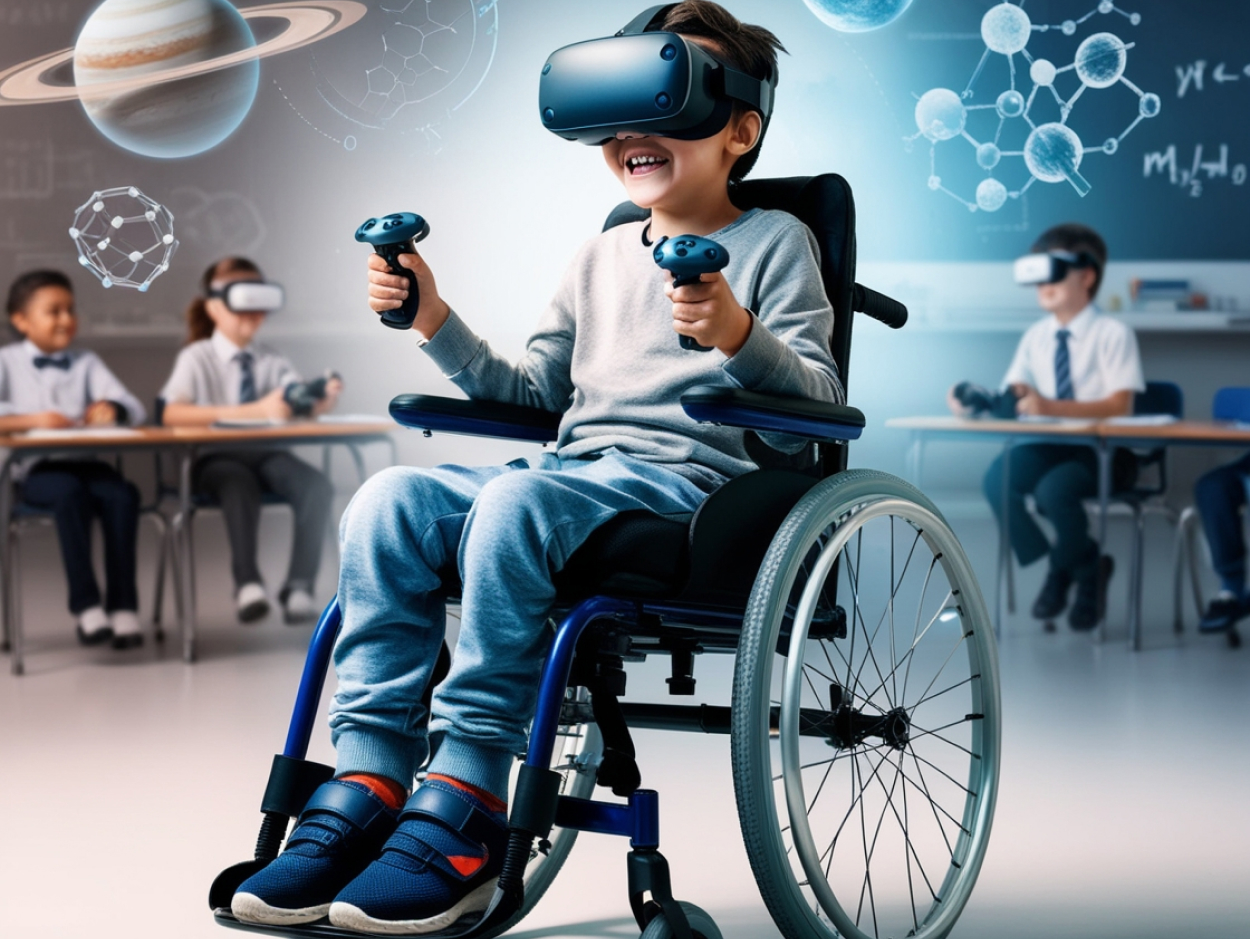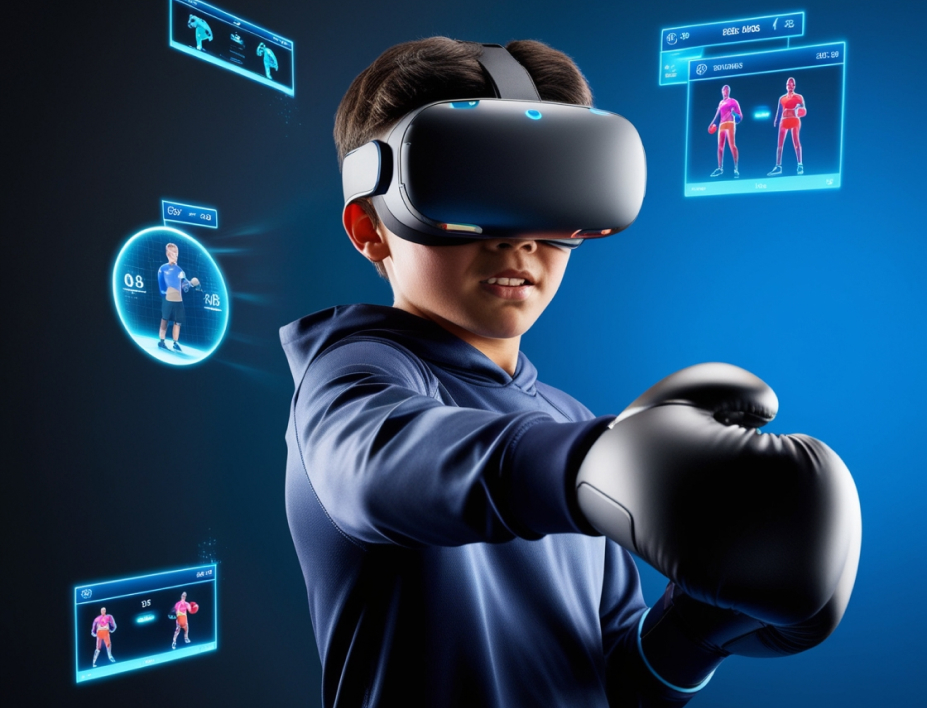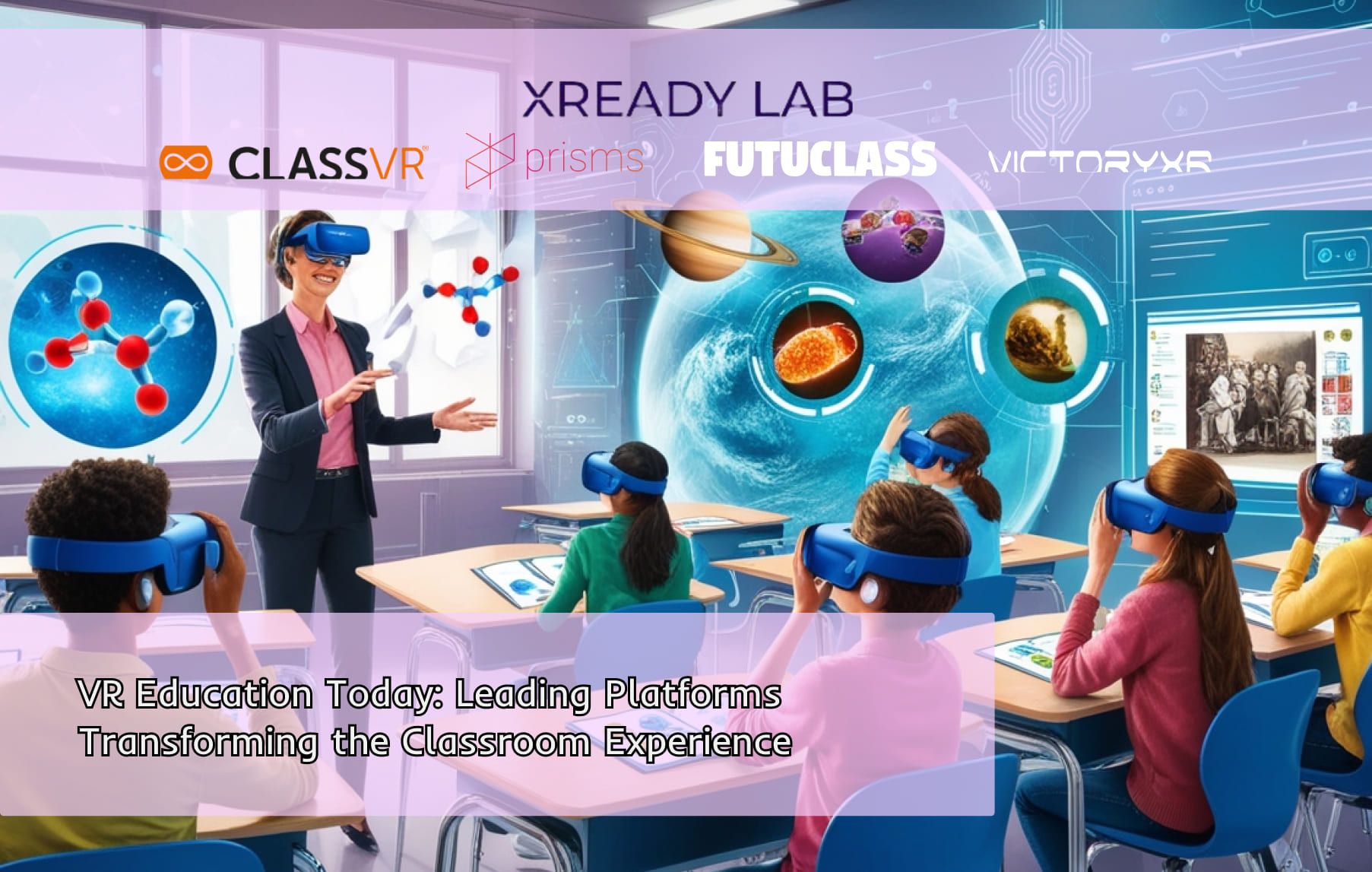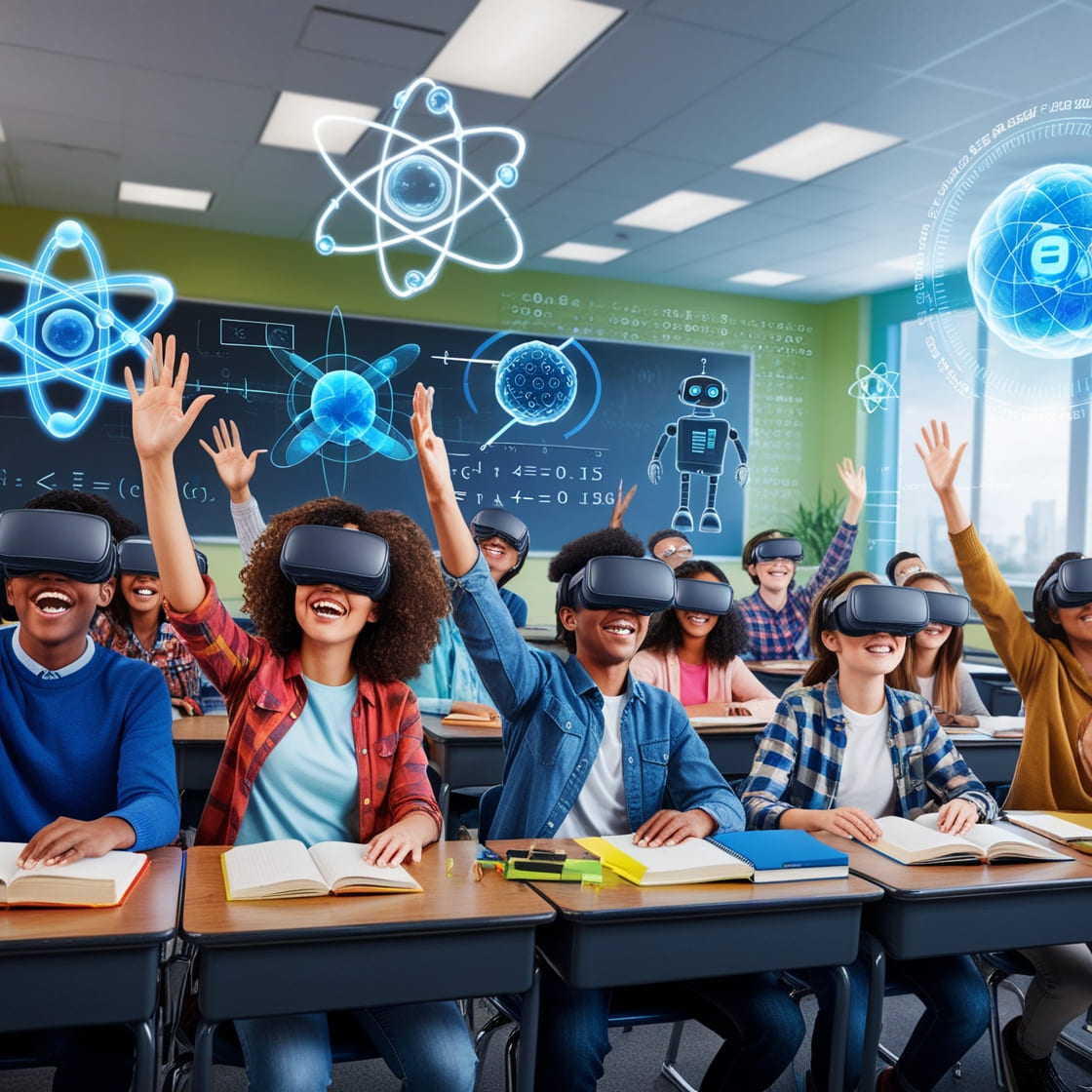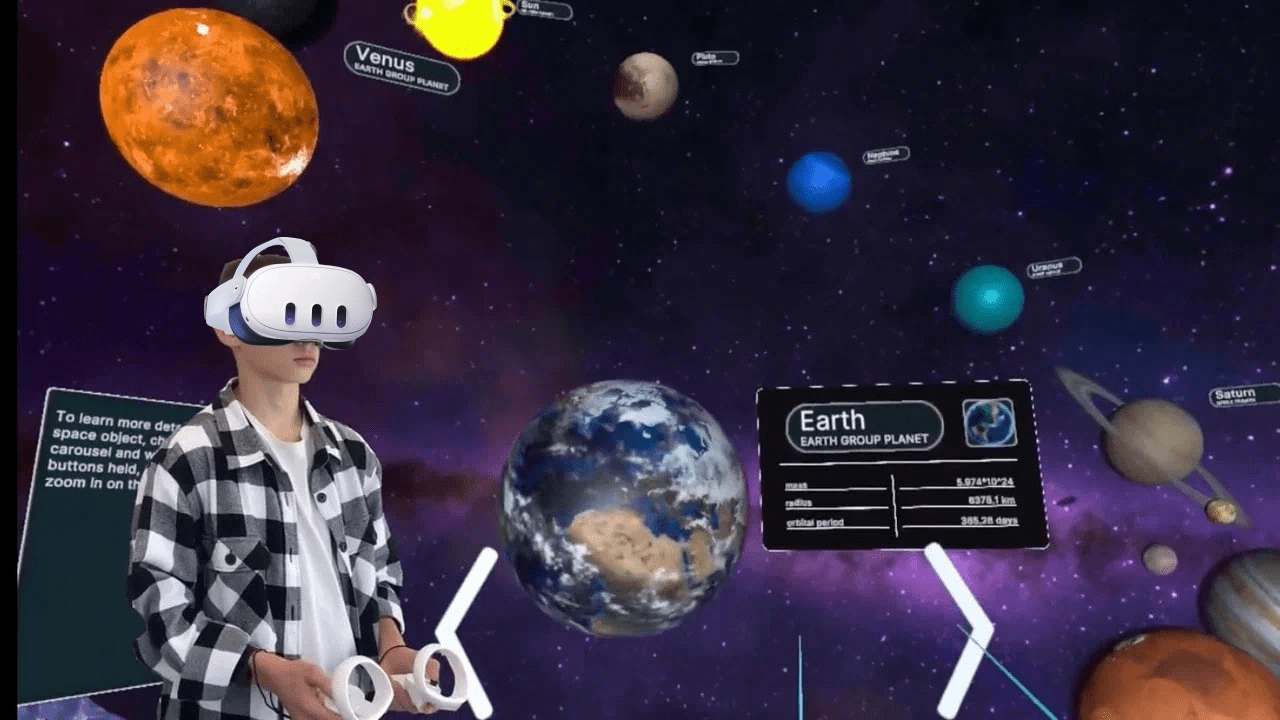
In today's rapidly changing world, technology is advancing at an unprecedented pace. While machines are taking over many tasks, there's one thing they can't replace: human creativity. Creativity isn't just about art; it's about solving global challenges, from climate change to technological innovation. Alongside creativity, emotional intelligence helps us navigate the complex social landscape of our connected world.
Imagine watching your child light up with excitement as they solve a challenging problem or confidently share their ideas with others. Creativity turns ordinary moments into extraordinary opportunities. It's about thinking differently, finding innovative solutions, and imagining what's possible.
Through hands-on experiences and developing cognitive skills, students learn to approach familiar concepts from new angles. This mindset encourages innovation and problem-solving, leading to breakthroughs in science, technology, and beyond.
But creativity doesn't thrive in isolation. It flourishes alongside emotional intelligence—the ability to understand and manage our emotions while empathizing with others. Developing emotional intelligence helps children build stronger relationships, navigate social complexities, and become compassionate leaders.
Simple questions like, "What made you feel happy today?" or "How did that event make you feel?" can teach children to recognize and manage their emotions. These are crucial skills for personal and professional success.
Bringing Fun into Learning with Virtual Reality
As parents, we all want our children to enjoy learning and stay curious about the world. One way to spark that enthusiasm is by incorporating technology they find engaging—like virtual reality (VR). Virtual reality in education is transforming how students learn by making lessons interactive and immersive.
VR learning turns abstract concepts into tangible experiences. Imagine your child exploring the solar system, conducting virtual chemistry experiments, or walking through historical events—all from the comfort of home. This kind of interactive classroom experience can make learning both fun and memorable.
The Power of Gamifying STEM Education
STEM subjects (Science, Technology, Engineering, and Mathematics) can sometimes feel challenging or abstract to students. By gamifying these subjects using VR, we can make them more accessible and engaging. Games naturally motivate students to solve problems, think critically, and persist through challenges—all essential skills in STEM fields.
[video width="1280" height="720" mp4="http://xreadylab.com/wp-content/uploads/2024/08/Cell_Division_-_Mitosis_online-video-cutter.com_.mp4"][/video]
At XReady Lab, we specialize in creating VR simulations for schools that align with the curriculum. Our virtual reality classrooms allow students to dive deep into STEM subjects through interactive labs and experiments. While our primary focus is classroom use, we recognize the value of extending these resources to home learning.
Enhance Learning at Home with Educational VR Apps
https://youtu.be/6Efs-DiU8hY
There are many educational VR apps available that can enrich your child's learning experience at home. One of our favorites is Enhance VR, an app developed with neuroscientists to boost cognitive skills through fun and engaging activities.
While not all VR apps are tailored for classroom curriculum, they offer valuable opportunities for self-development. Encouraging your child to use VR goggles for education at home can foster a love for learning and exploration. These apps cover a wide range of topics, from science and math to history and art.
XReady Lab Simulations for Home Use
If your child is homeschooled or eager to explore STEM subjects beyond school hours, our VR learning solutions can be a great fit. Our simulations provide:
Curriculum-Aligned Content: Ensuring that your child is learning material relevant to their studies.
Interactive Experiences: Making complex concepts understandable through hands-on virtual experiments.
Safe Learning Environment: Allowing exploration without the risks associated with physical labs.
By bringing our virtual reality education tools into your home, you can support your child's curiosity and help them excel in STEM subjects.
Interested in trying our simulations at home?
👉 Request your free demo today!
We'll provide you with an English demo to explore, and you can learn how to purchase a VR lab package tailored for home use.
Is Virtual Reality Safe for Children?
[video width="1920" height="1080" mp4="http://xreadylab.com/wp-content/uploads/2024/08/VID_20230907_154544-2.mp4"][/video]
We understand that as parents, safety is a top concern. Rest assured, using VR in education is generally safe when following recommended guidelines:
Supervise Usage: Ensure that your child takes regular breaks and doesn't spend excessive time in VR.
Age Recommendations: Follow the manufacturer's age guidelines for VR headsets.
Comfort: Make sure the equipment fits properly to avoid discomfort.
By monitoring their usage, you can help your child enjoy the benefits of virtual reality learning safely.
The Future of Learning is Here
Integrating technology in education isn't just about keeping up with trends—it's about enhancing the way our children learn and preparing them for the future. Virtual reality offers immersive, engaging experiences that can make learning exciting and effective.
By gamifying STEM education through VR, we're not only making learning fun but also fostering the creativity and problem-solving skills that are crucial in today's world.
Final Thoughts
As parents, you have the power to ignite your child's passion for learning. Incorporating educational VR apps at home can open up new worlds of exploration and understanding. Whether it's through apps like Enhance VR or our own XReady Lab simulations, there are plenty of resources available to make learning both enjoyable and meaningful.
Ready to embark on this exciting journey with your child?
👉 Fill out the form to get your free demo and discover how VR can make a difference in your child's education.

